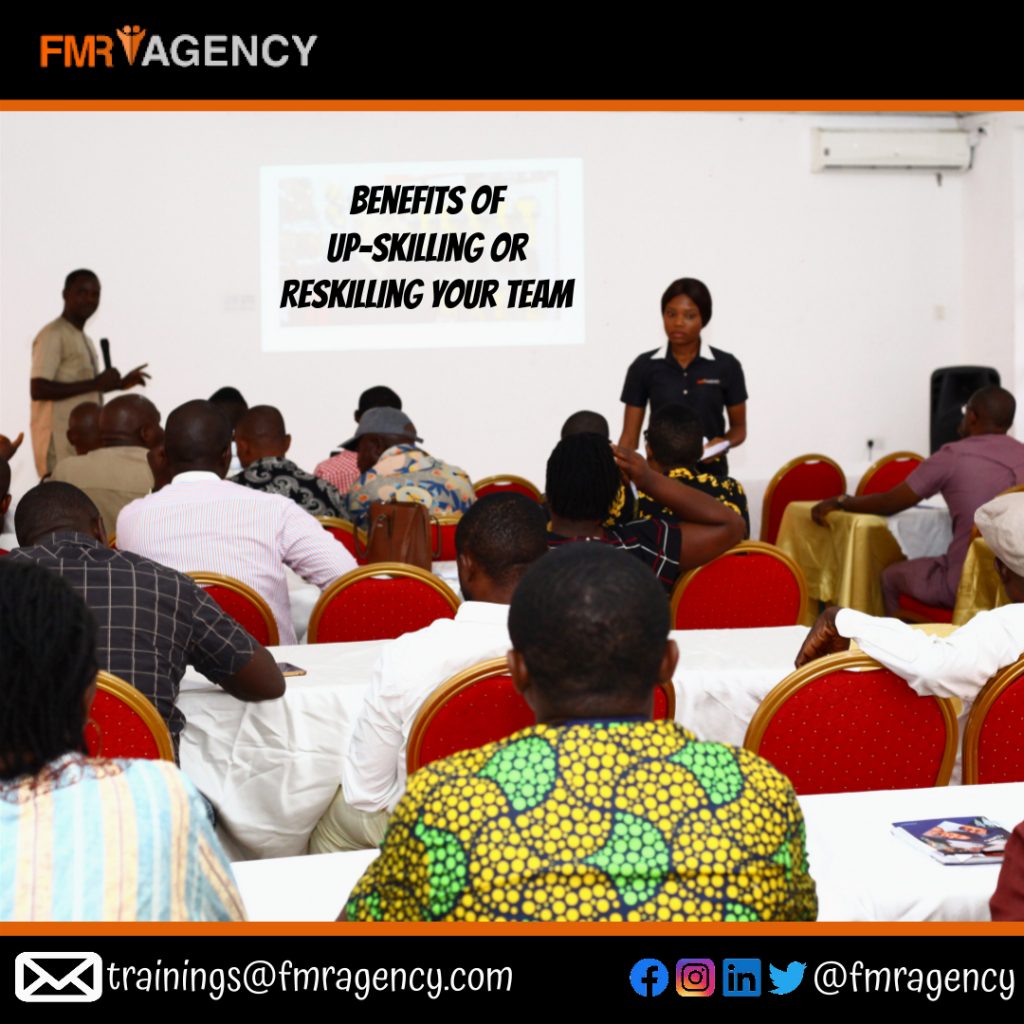Talent development is vital to sustainable business growth and success. Organizations go through lengthy processes to recruit and onboard qualified and suitable employees, but often the emphasis stops there, with some business leaders disregarding the importance of developing their employees and nurturing their potential. Over the past few years, the world of work has been disrupted, initially and gradually, by the onset of the 4th Industrial Revolution and this disruption was accelerated by the impact of the COVID-19 pandemic.
Throughout these disruptions and transitions, eight megatrends (ie. Mobility & Urbanization, Globalization, Demographic Changes, Changing nature of careers, Non-linear Career Continuum, Advancing Technologies and automation, Widening Skill Gaps & Resource Scarcity and Climate change) have emerged that are shaping the future of work and impacting how businesses develop and engage with their employees.
With the advent of the Fourth Industrial Revolution (4IR), the staggering ramifications of the rapid integration of technological disruption and digital transformation have resulted in many businesses struggling to keep up with rapid innovation in the workplace. This, combined with widening skills gaps, is why actively investing in employee training and development is essential for both the growth of the business and the workforce that propels it. Filling the company’s skills gaps through the up-skilling and reskilling of individuals or groups of employees could be the difference between thriving or barely surviving through any change.
What is employee development?
Employee training and development are terms often used interchangeably, across sectors, and encompass various employee learning practices. More specifically, employee training involves programs that enable employees to learn precise skills or gain knowledge to improve job performance. Employee development is a process whereby the manager and employee work together to create a development plan. This plan identifies areas to develop or enhance, and ascertains what actions or activities need to be taken to acquire and embed that learning. This development plan is aligned with the organization’s goals and ultimately serves as a template showing skills that the employee requires and how they can go about acquiring them.
Benefits of Employee Training and Development:
1. Positive employee retention
The hiring and retention of talent can be an ongoing challenge for employers, however, one way to retain your staff is by providing them with career development opportunities. Including development program offerings in employment contracts establishes an employee’s sense of value within the company, fostering loyalty and ultimately increasing staff retention. Investing in your staff’s professional development is not only vital for team retention, but learning and development professionals worldwide have reported that they’re observing a stronger appetite for up-skilling than ever before.
2. Training future leaders
Acquiring leadership talent can start from the initial acquisition, or human resources professionals can select current employees as managerial candidates. Having established leadership development programs ensures that a business is always considering future organizational goals and succession planning by preparing promotable talent.
3. Increased workplace engagement
Regular development initiatives can help keep employees motivated, while frequent training programs will also establish regular re-evaluation of employees, skills, and processes. Assessing the current skills and abilities within a team will enable managers to strategically plan targeted development programs that consider any potential skills gaps.
4. Employee empowerment
Recent research shows that leaders who inspire, ignite people’s imaginations, and mobilize them with a compelling vision are more impactful than managers who simply focus on the bottom line.
The benefits and value of employee training and development act like a domino effect; leaders feel competent and can efficiently influence employee performance; skilled and engaged employees result in high job satisfaction, commitment, and thus retention; workforce improvement and engagement benefits an organization’s overall profit. Despite the type of training and development provided, it needs to align with future workplace skills, support the company’s business objectives, and be delivered in an innovative way that mirrors the digital transformation in the business.
Don’t keep waiting get in touch with FMR Agency today and help your organization create a tailored training and development plan for your employees to meet your unique industry needs.
Credit: Getsmarter.com

